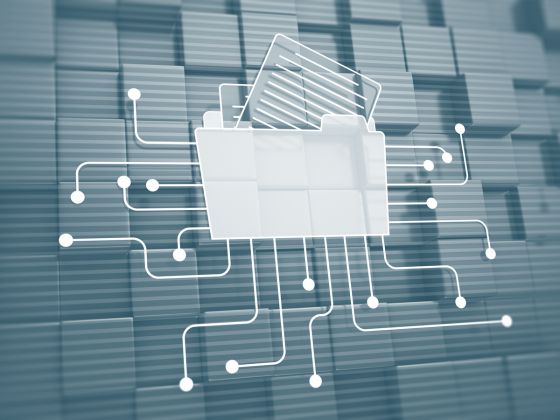LabV – The Data Management Platform
Blog
Embracing Digitalization in Testing Labs
Transforming Quality Assurance: Embracing Digitalization in Testing Labs

Inefficient manual processes and fragmented digital solutions plague material testing labs, causing data loss, errors, and operational inefficiencies. With disparate equipment and siloed data, integrating solutions like CAQ or LIMS becomes a challenge. How can labs navigate these obstacles to achieve seamless digitization and bolster quality assurance effectively?
Inefficiency in the material testing lab
Quality assurance (QA) in the testing laboratory is responsible for ensuring that the company’s products meet the required standards, whether they are made of plastics, metals, or other materials. In this way, test labs play a critical role in maintaining customer satisfaction and regulatory compliance.
Unfortunately, many labs struggle with inefficient manual processes and siloed digital solutions. From sampling to test reports, Excel and paper often dominate, resulting in a lack of visibility, data loss, and increased susceptibility to error. The lack of digitization also hinders the ability to respond to complaints. Searching for historical data in a variety of sources and lists is extremely time-consuming.
Common solutions are often a major IT project
Common solutions are computer-aided quality assurance (CAQ) systems or LIMS, but these quickly reach their limits. It starts with connecting the lab equipment. There are a variety of methods in the test lab, such as dynamic differential calorimetry (DCS), thermogravimetry (TGA), optical measurements, or tensile testing, to name a few. Most importantly, the equipment is often from multiple manufacturers such as Netzsch, Mettler Toledo, Malvern and many others, making integration even more difficult. CAQ and LIMS often cannot provide an adequate solution or require high investment and IT project resources. However, they are the basis for creating a digital twin of the sample.
An alternative is offered by specialized data management systems that can merge data independently of devices and existing IT infrastructure. This can be achieved without initiating and executing a major IT project. Connecting and collecting information in a data management system not only eliminates manual entry errors, but also increases overall laboratory efficiency, from sampling to reporting. This is confirmed by our LabV customer case studies.
In addition, creating a digital twin leads to a connected and AI-enabled data infrastructure. Only then can intelligent laboratory assistants use this data for trend prediction or analysis.
What is the next step towards a digital lab?
As many test labs know, digitization in quality assurance is an urgent necessity to remain future-proof and competitive. However, they often lack a clear approach to taking the first step.
As we explain in a white paper, a systematic approach is essential. It starts with a situation analysis that sheds light on the status quo and ultimately leads to a defined roadmap with the necessary measures. This provides the necessary foundation for implementing software solutions. A detailed breakdown of the potential costs and added value provides a compelling business case that clearly defines the expected investments as well as the expected benefits and efficiency gains. This is the only way digitalization can succeed.
You want to know more or need a partner to guide you through the digitization process? Read the white paper for more details or get in touch with us.
